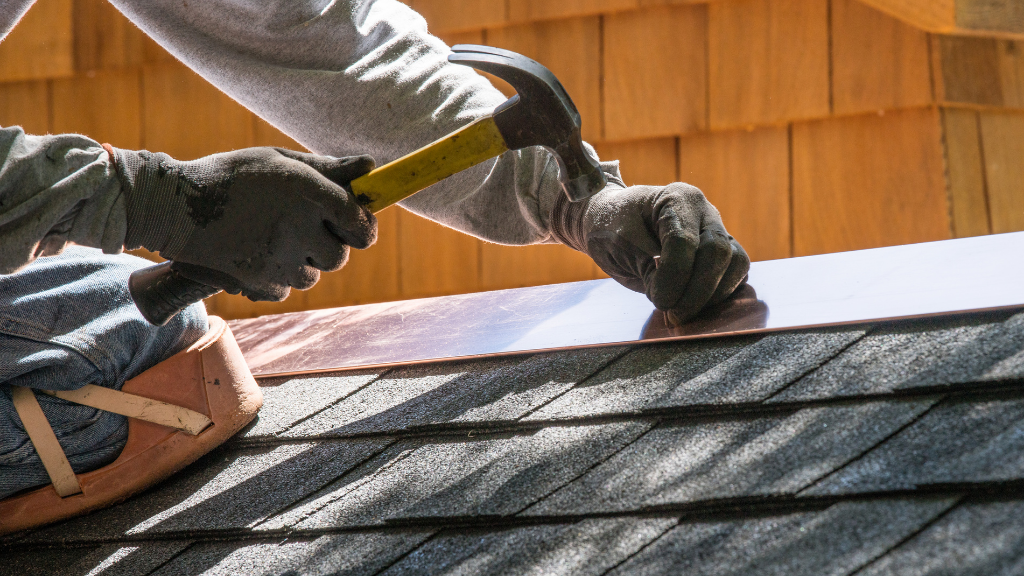What are the different types of roofing nails?
There are many types of roofing nails, each with its own set of benefits and drawbacks. Some of the most common types of roofing nails include:
1. Pointed Roofing Nails: Pointed roofing nails are ideal for flat roofs as they help in fastening the panels together securely. They are also quite sharp, so be careful when using them.
2. Board Nails: Board nails can be used to secure shingle or tile roofs, while gable end nails are perfect for a gabled roofline. They are shallow and can easily puncture shingle roofs, so use caution when installing them.
3. Lag Screws: Lag screws work well on sheet metal or tin roofs, while shingle nail kits should only be used on wooden shake roofs and gambrel style roofs. Lag screws are designed to fit into pre-drilled holes and hold the shingle in place without nails coming through the roofing material.
4. Shingle Nail Kits: Shingle nail kits contain a variety of nails specifically designed for shingle roofs. They are easy to use and install, but make a lot of noise when driven into the shingle.
How do I select the right roofing nails for my project?
To select the right roofing nails per square ft for your project, you need to consider the weight of the material you are installing, as well as its thickness. For example, if you are installing a roof made of metal, then heavier roofing nails will be necessary to ensure that the roof is sturdy and not likely to collapse in the event of strong wind or rain.
Additionally, you should factor in how many nails will be used and their size. For example, if you are using nails that are 1 inch in length, then it would be best to use a 1 inch nail size. Finally, it is important to ensure that the nails you choose can withstand harsh weather conditions like rain, snow and wind.
What’s the best way to install roofing nails?
The best way to install roofing nails is with a hammer and anvil. Make sure that you use the right sized nails for the job – choose those that are at least 3/8″ in diameter. Drive the nail into the header first, then drive it into the rafter below it.
Is it necessary to seal my new roof with a membrane before weatherization?
Yes, sealing your roof with a membrane is always recommended before weatherization. It helps to prevent water infiltration, provides protection from the elements, and increases the lifespan of the roofing nails. When it comes to choosing the right type of sealant for your project: choose one that is suited for the climate conditions in your area.
Can I use stainless steel roofing nails on a wood frame house?
Yes, you can use stainless steel roofing nails on a wood frame house provided that the weight of the nail is not greater than 125 pounds per square foot. You can test the compatibility of your project by using a hammer and a nailsmith to see if the nails will hold up under pressure. Additionally, it is important to make sure that the nails are galvanized in order to prevent corrosion.
Conclusion
Roofing nails are one of the most important tools you will use on your roofing project. The wrong nails can lead to serious damage to your roof, so it’s important to choose the right nails for your project. In this blog, we have outlined the different types of nails and the corresponding square foot requirements. Make sure to read through this guide before making your purchase to ensure you get the most accurate nails for your project.

